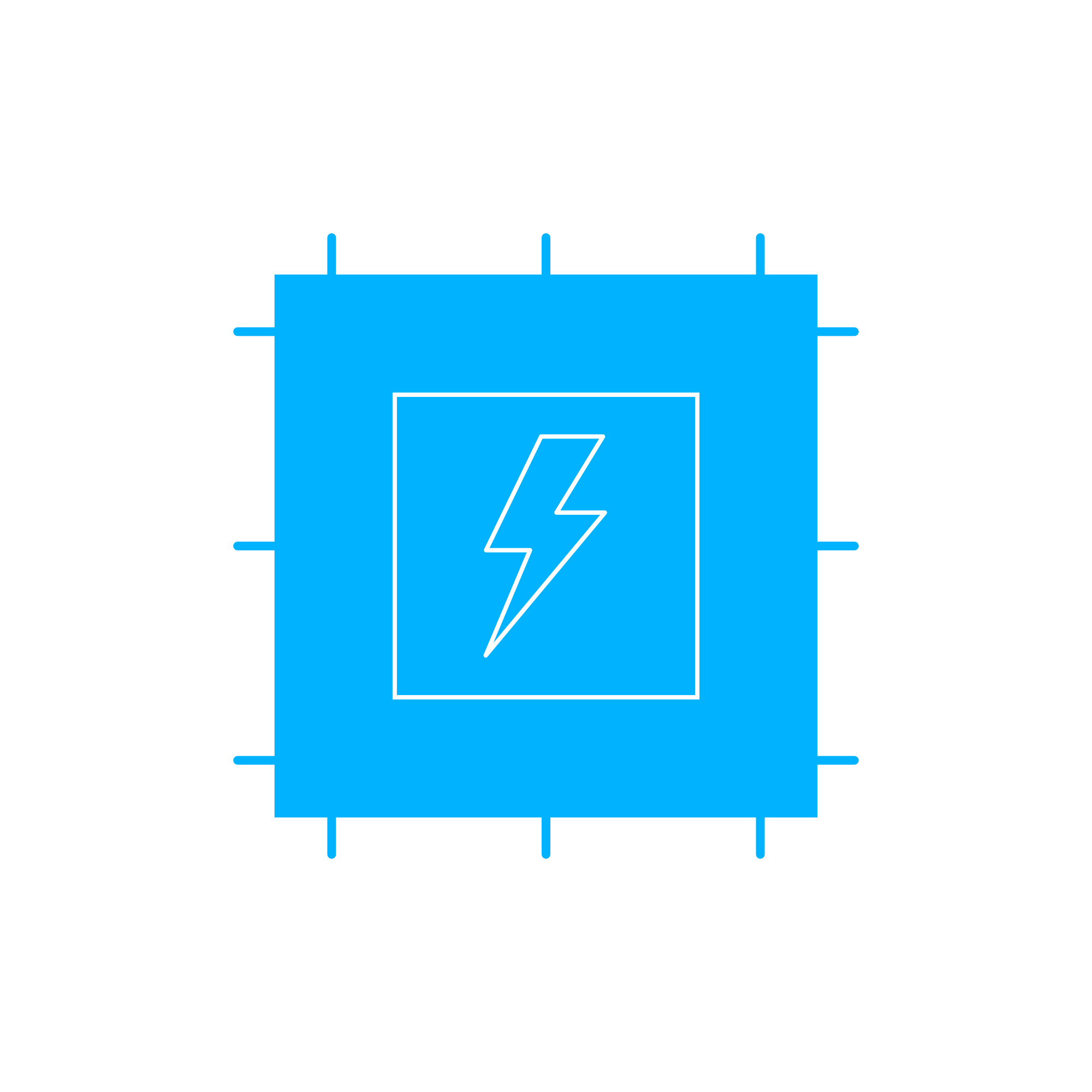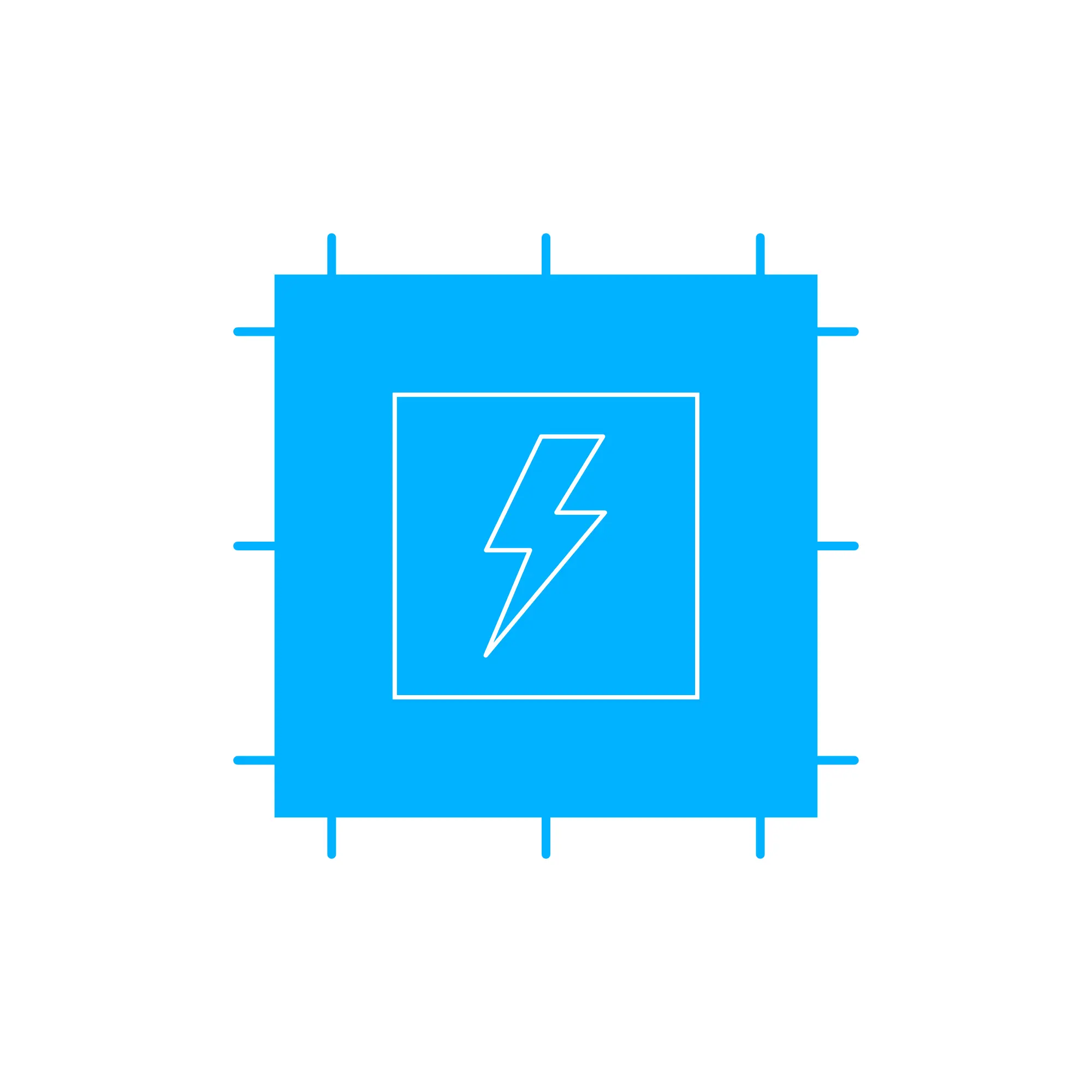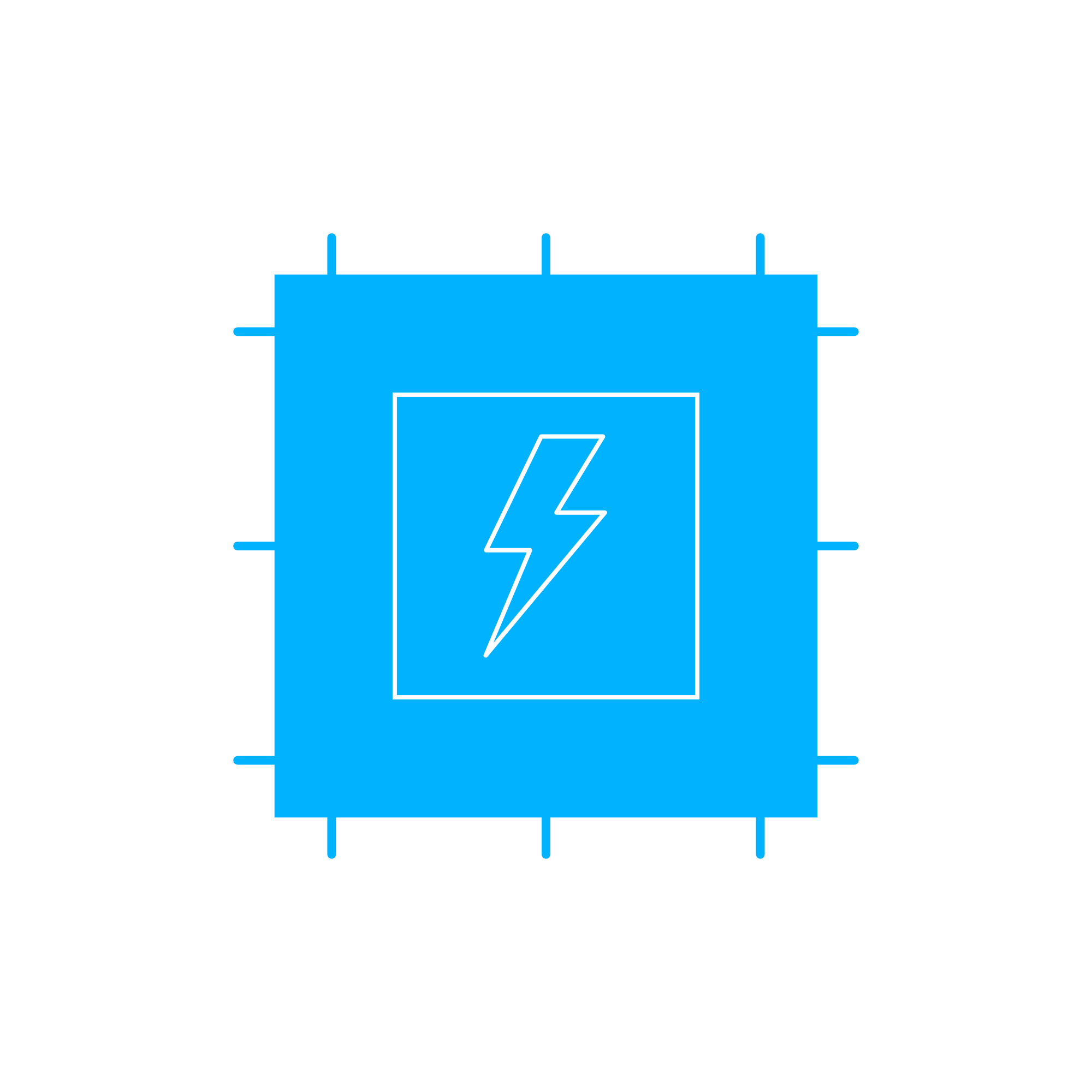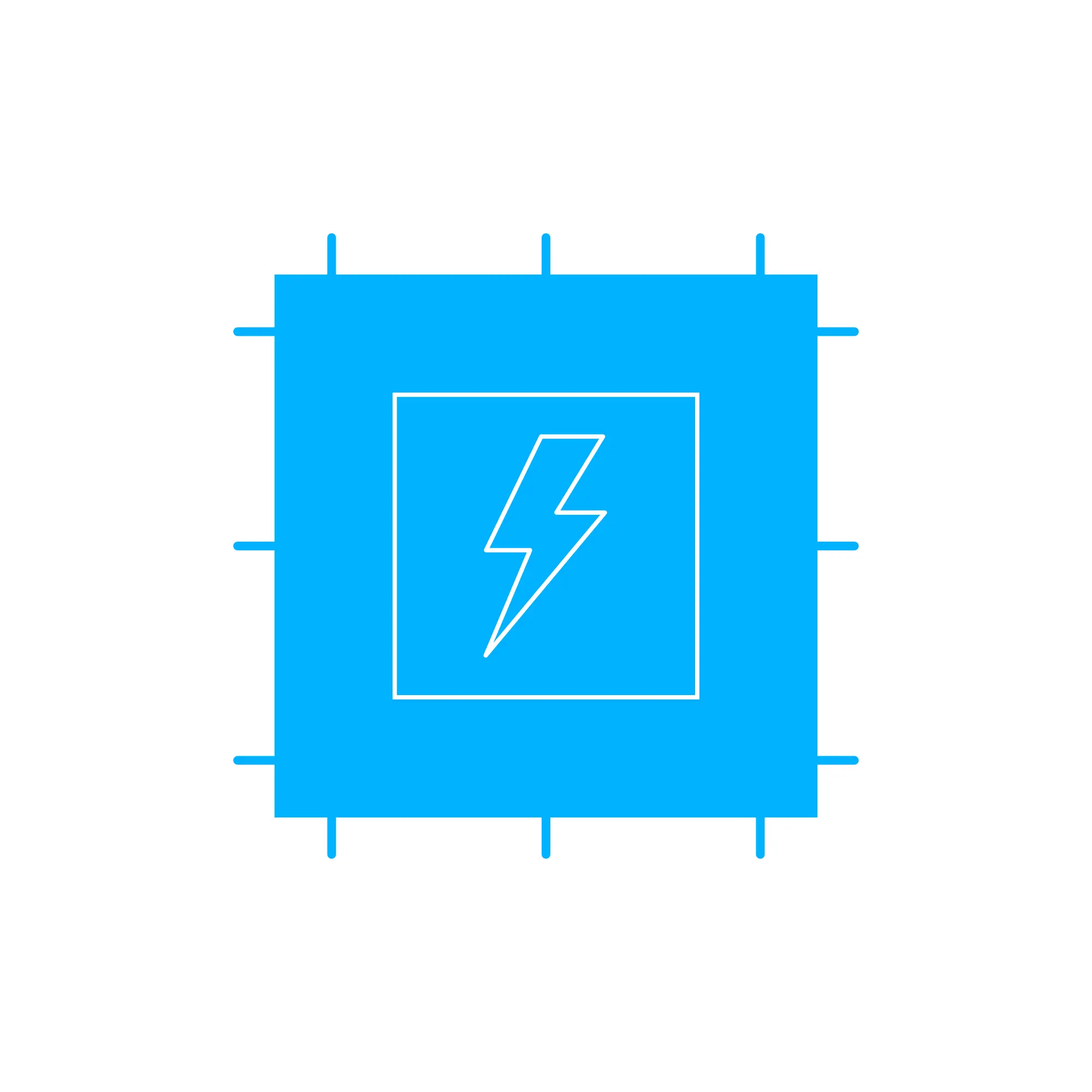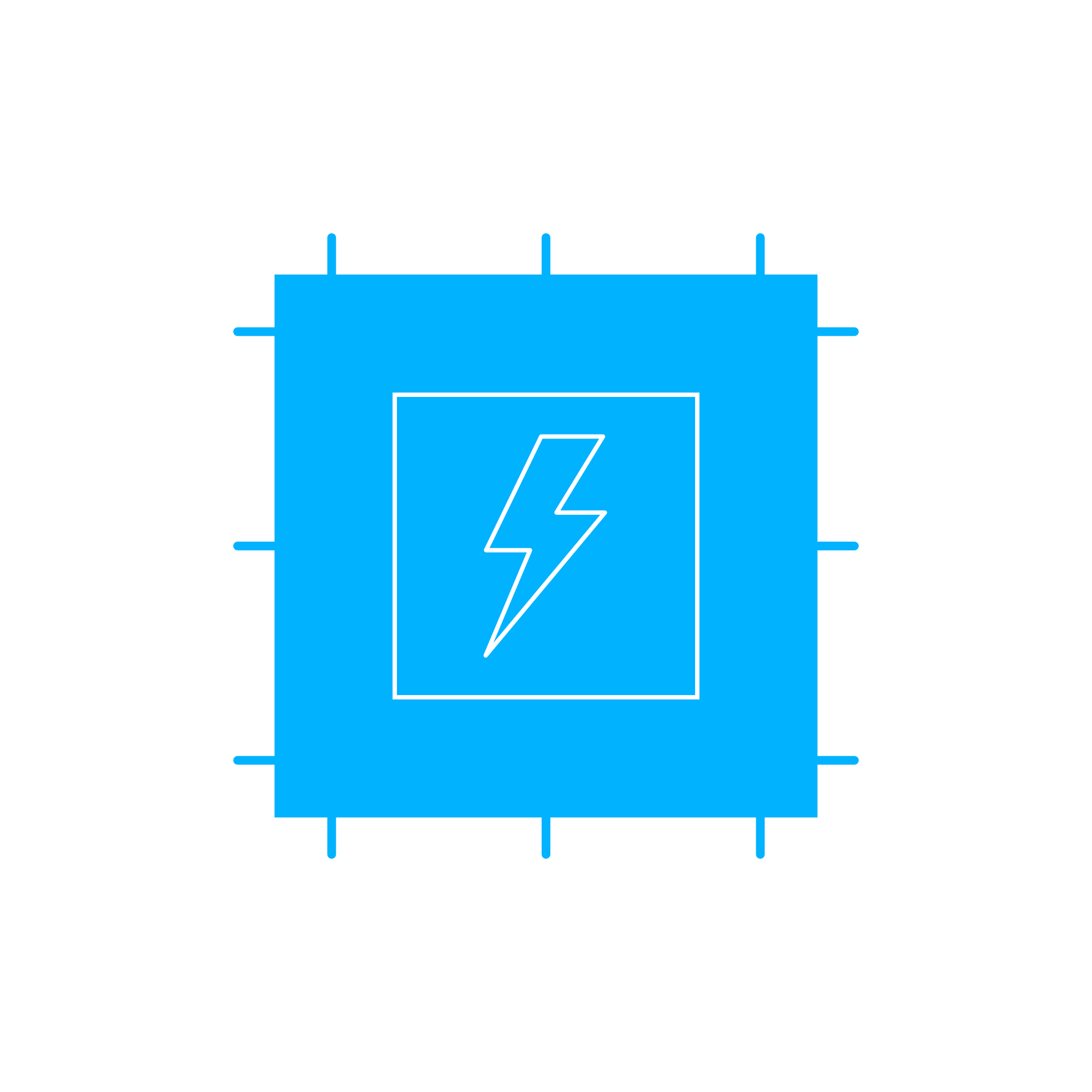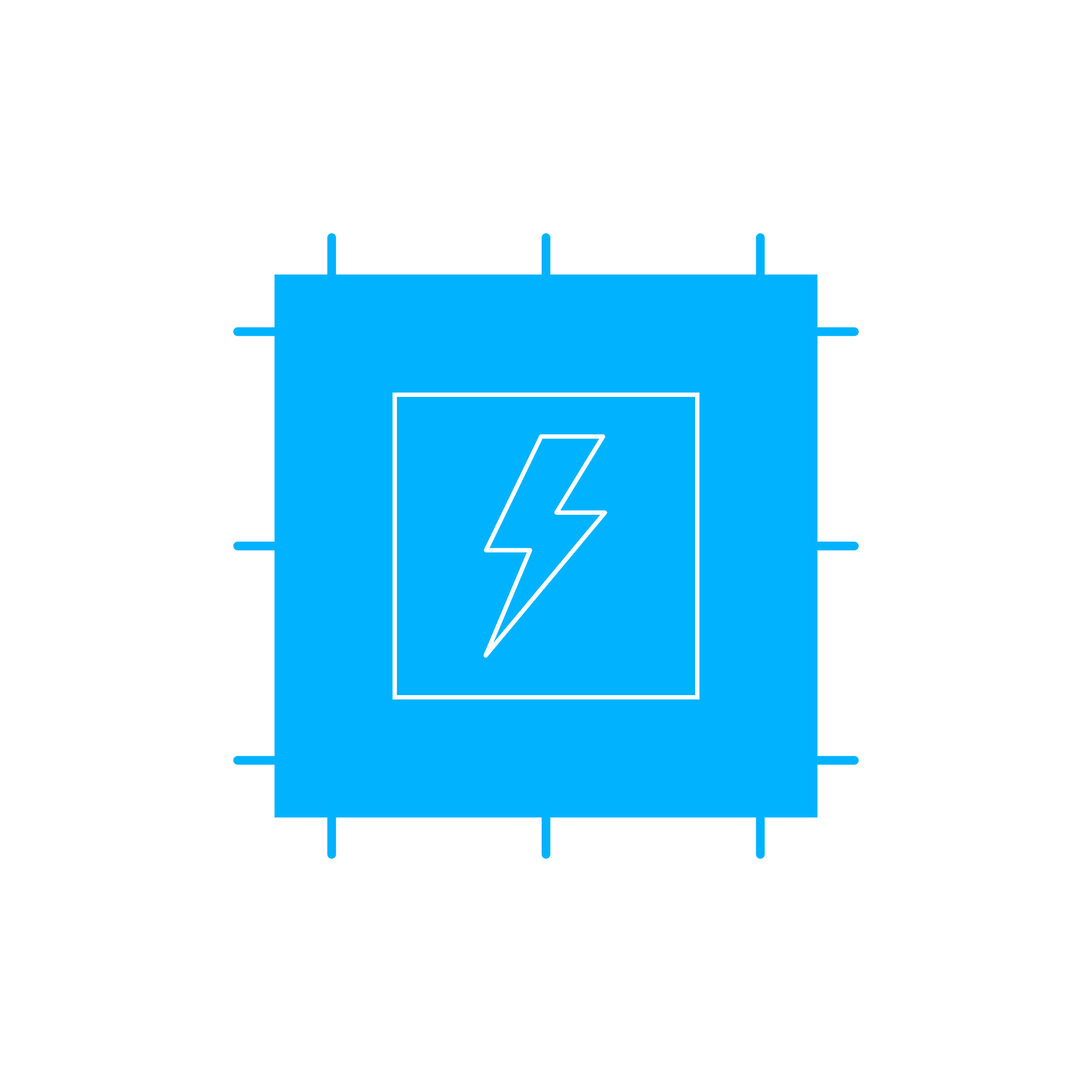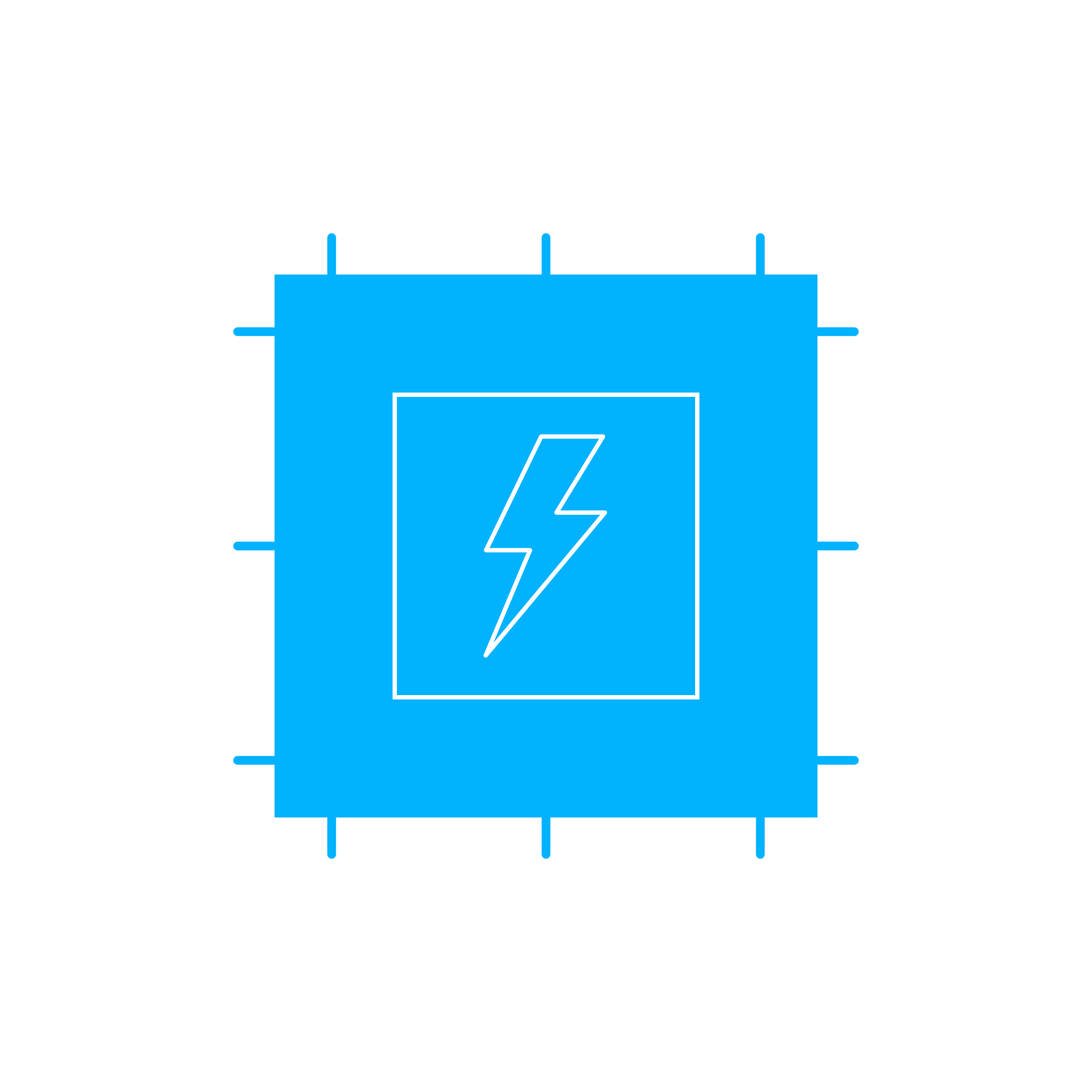REGULATOR CUT-OUT Electric Components and Switches for Marine and Diesel Engines
Electric components and switches are the nervous system of modern engines. From power generation and distribution to control, monitoring, and protection, they enable every start command, stabilize every charging cycle, and safeguard critical systems under continuous load. Within this category, devices such as sensors, relays, contactors, circuit breakers, voltage regulators, and emergency-stop switches interact to keep marine engine, diesel engine, and gas engine applications running reliably. A core concept here is the REGULATOR CUT-OUT, which protects batteries and onboard electronics by managing charging and preventing reverse current when generation conditions change.
In propulsion, auxiliary power, and genset installations, these components transform raw electrical energy into reliable, predictable power for starters, ECUs, pumps, lighting, and navigation systems. Their build quality, calibration, and compatibility directly affect uptime, fuel efficiency, and safety at sea and on land.
Technical Function: How Electric Components and Switches Work with REGULATOR CUT-OUT in Engines
Electric components and switches orchestrate the full electrical lifecycle in an engine. The alternator or DC generator produces electrical energy; voltage regulators maintain the correct charging voltage across varying RPM and temperature; distribution panels, relays, and contactors route power to loads; protective devices isolate faults; and switches enable manual or automated control. In classic DC systems, a REGULATOR CUT-OUT disconnects the generator when its output falls below battery voltage to prevent reverse current and battery discharge through the generator. In modern alternator setups, this function can be integrated via diodes or an electronic module, but the principle remains: protect the charging circuit and stabilize system voltage.
For a marine engine, the environment adds salt, humidity, vibration, and thermal cycling. Components must therefore resist corrosion, lock in tight electrical tolerances, and maintain contact integrity under shock. In a diesel engine used for propulsion or power generation, precise regulation ensures batteries receive correct charge profiles, safeguarding cranking performance and ECU stability. Integrating a REGULATOR CUT-OUT module designed for OEM parts helps prevent voltage sag, voltage spikes, and backflow that can stress wiring, starter motors, and sensitive electronics.
- · Stable voltage control for consistent starts and ECU operation.
- · Reverse-current protection through REGULATOR CUT-OUT logic.
- · Robust switching and contact reliability under vibration.
- · Overload and short-circuit isolation to protect harnesses.
- · Corrosion-resistant materials suited for marine environments.
- · Thermal resilience for high-load diesel engine duty cycles.
- · Clear serviceability with standardized connectors and labeling.
Importance for Engine Operation: Reliability, Efficiency, and Safety
Electric components and switches directly determine engine readiness. Weak contacts, oxidized terminals, or drifting sensor values can cause hard starting, poor alternator performance, or intermittent faults that are difficult to trace. If a REGULATOR CUT-OUT or voltage regulator is out of tolerance, the system may overcharge, overheating batteries and damaging electronics, or undercharge, leading to sulfation, reduced cranking capacity, and shortened battery life. Faulty relays or contactors can leave critical loads unpowered; compromised E-stop circuits can fail to interrupt power during emergencies. The result is downtime, higher operating costs, and increased risk.
For marine engine installations, undetected electrical issues can escalate quickly: heat buildup in cables, nuisance trips, or reverse current through the generator. In diesel engine power packs, suboptimal regulation raises fuel consumption indirectly by forcing repeated starts or triggering ECU fault strategies. Robust electric components and switches, correctly specified and maintained, ensure clean power delivery, stable start-stop cycles, and safe isolation during service.
Advantages of OEM Spare Parts Suitable for Electric Components and Switches
Choosing OEM spare parts for electric components and switches delivers measurable value. These assemblies are engineered to the exact electrical loads, duty cycles, and environmental stresses expected in your engine application. Calibration and materials align with the engine maker’s specifications, enabling precise voltage control, correct trip thresholds, and consistent switching behavior over thousands of cycles. For a REGULATOR CUT-OUT in a diesel engine or marine engine, this precision prevents subtle charging errors that erode battery health and disrupt onboard systems.
Beyond performance, OEM spare parts streamline lifecycle costs. Drop-in fitment shortens downtime, documentation supports compliance, and traceable manufacturing improves quality assurance across fleets. The result is predictable reliability, better budget control, and longer service life for batteries, alternators, ECUs, and downstream loads.
REGULATOR CUT-OUT and Related Electric Components: OEM Parts Benefits
Whether you need a stand-alone REGULATOR CUT-OUT module, a combined regulator with cut-out logic, heavy-duty relays, contactors, E-stop switches, or circuit protection, OEM parts preserve the original electrical architecture and response curves. They maintain charging setpoints, ensure correct coil voltages and contact ratings, and sustain corrosion resistance in marine atmospheres while withstanding the thermal cycling typical of high-load diesel operations.
MOPA: Your Partner for OEM Electric Components and Switches, Including REGULATOR CUT-OUT
MOPA is an experienced and reliable partner for OEM spare parts in the category of electric components and switches. We support operators of diesel and gas engines with rapid sourcing, verified quality, and secure transaction processes. Our portfolio covers REGULATOR CUT-OUT solutions, voltage regulators, contactors, circuit breakers, sensors, and control switches that match demanding specifications for marine engine and industrial applications.
Customers benefit from fast response times, technical clarity, and product traceability. MOPA focuses on minimizing downtime through dependable logistics and providing components that integrate seamlessly into existing engine control and charging systems.
Conclusion
Electric components and switches — from relays and breakers to voltage control and REGULATOR CUT-OUT devices — are fundamental to safe, efficient engine operation. Selecting OEM spare parts suitable for this category secures stable performance, extends service life, and protects budgets by reducing unplanned downtime and repeat interventions.


